Infrared Thermography Camera technology has transformed how industries detect, diagnose, and maintain their systems. These cameras provide non-contact temperature measurement and visualization. This makes them essential for both safety and preventive maintenance. Precise thermal readings allow professionals to act before failures occur.
These devices detect heat patterns invisible to the naked eye. They help improve operational efficiency and minimize risks.
What is an Infrared Thermography Camera?
An Infrared Thermography Camera captures infrared radiation emitted by objects. This radiation is converted into thermal images or temperature data. These images display heat distribution, highlighting anomalies and inefficiencies.
Unlike conventional cameras, an infrared camera doesn’t rely on visible light. It reads heat signatures. An ir camera enables users to see temperature differences. This is useful for inspection, diagnostics, and real-time monitoring.
Infrared Thermography Camera Applications
Industries use Infrared Thermography Cameras to optimize processes and ensure safety. These tools offer vital insights across sectors, enhancing diagnostics and reducing downtime.
Glass Manufacturing
In glass manufacturing, temperature consistency is critical. Infrared Thermography Cameras help maintain the right heat levels during processing. Inconsistent temperature can cause product defects or equipment damage.
These thermal cameras allow operators to monitor the temperature of glass surfaces in real time. Any uneven heating patterns can lead to flaws in the final product. By identifying these issues early, production teams can make immediate corrections.
An ir imaging system checks for problems in furnaces and kilns as well. Overheating or insulation failure can lead to dangerous malfunctions. A camera with infrared capability detects hot spots before they become failures.
This non-contact inspection improves workplace safety and reduces waste. Thermal imaging also helps monitor conveyor belts, rollers, and molds. Accurate temperature readings enable preventive maintenance, boosting efficiency and quality.
Steel Plants
Steel plants deal with extreme temperatures and massive machinery. An infrared ir camera becomes essential in such environments. Steel casting and rolling require accurate thermal control.
Operators use an infrared camera to check the heat uniformity of slabs and billets. This prevents overheating and structural weaknesses. Real-time thermal monitoring ensures consistent product quality and minimizes material waste.
EAF, tundish, and ladles must retain heat to function properly. A thermal imaging camera detects any thermal leaks or refractory damage. This helps avoid costly shutdowns and improves safety for workers.
IR cameras also inspect the electrical systems and motors that power these operations. By spotting overloads or loose connections, they prevent equipment failure. These inspections improve uptime and reduce repair costs.
Pharmaceutical Industry
In pharmaceuticals, temperature-sensitive materials demand strict environmental control. An IR camera supports quality control and regulatory compliance in these settings.
Manufacturers use thermal cameras to monitor production areas, cleanrooms, and storage zones. The camera with infrared capabilities ensures that conditions remain within safe limits. Any deviation can affect product quality or cause spoilage.
Infrared thermography cameras also help during equipment validation. They detect overheating in mixers, reactors, and packaging machines. This allows early intervention and minimizes contamination risk.
These tools also support HVAC monitoring. Maintaining stable airflows and clean environments is critical. An ir imaging system can detect air leaks or temperature imbalances quickly.
Compliance with FDA and GMP standards is easier with thermal imaging. Regular thermographic audits ensure safe, effective production and long-term reliability.
Defence and Security
The defense sector depends heavily on infrared thermography. Surveillance, targeting, and maintenance all benefit from thermal imaging technology.
Thermal cameras help soldiers and security forces detect threats in low visibility. An IR camera can detect heat signatures of hidden personnel, vehicles, or weapons.
In aircraft and naval systems, a camera with infrared function assists with maintenance. It reveals electrical faults, fluid leaks, and overheating. Fast, accurate inspections reduce mission delays and enhance safety.
Border control and perimeter surveillance use infrared ir cameras for monitoring vast areas. They function 24/7 without reliance on ambient light.
Portable thermal imaging cameras are also used in field operations. They allow teams to act based on real-time thermal feedback. This improves decision-making and tactical response.
Blast Furnace Monitoring
Blast furnaces operate under extreme thermal conditions. Maintaining them requires precise and continuous temperature observation. Infrared thermography cameras provide this without human risk.
Operators use thermal cameras to scan furnace shells and critical zones. These devices detect hot spots and structural weaknesses. Early detection prevents catastrophic failures and long downtimes.
An IR camera monitors the uniformity of thermal loads. It helps optimize fuel use and reduce emissions. The infrared imaging system assists in inspecting cooling systems and detecting water leaks. Water entering a furnace can cause dangerous explosions.
Using a camera with infrared capability allows for non-intrusive diagnostics. This reduces downtime and keeps processes stable. Maintenance crews can intervene before failures occur.
Thermal imaging ensures energy efficiency and process reliability. It plays a crucial role in modern furnace operation and safety planning.
Summary
Infrared Thermography Cameras offer crucial insights across a wide range of industries. They detect hidden heat patterns and prevent costly failures. From manufacturing to defence, they provide fast, safe, and accurate temperature readings.
Manglam Electricals delivers high-quality thermography solutions for demanding applications. Their infrared thermography cameras support preventive maintenance and operational excellence. With precise ir imaging systems, Manglam helps clients across steel, pharma, and glass sectors achieve top performance.

Leave a Reply